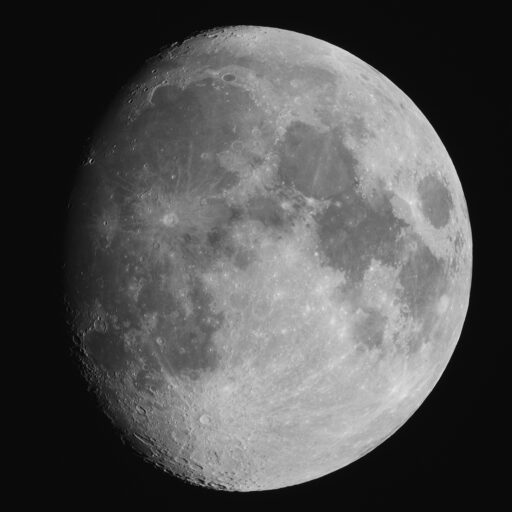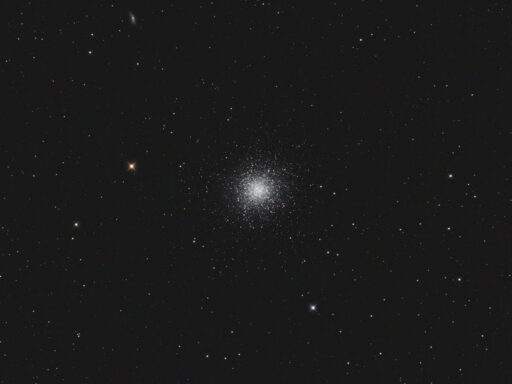
Telescope: Astro-Tech RC8 @ f/8, Orion Atlas EQ-G
Camera: Canon EOS Ra, Baader Mk III MPCC, GSO IR Filter
Exposure: 50×1/640 sec, ISO 800, saved as RAW
Seeing: Fair, 3/5
Software: Backyard EOS, Nebulosity, Autostakkert, Registax, Photoshop
Just a quick peek at the moon between targets on a warm spring evening.


Recent Comments